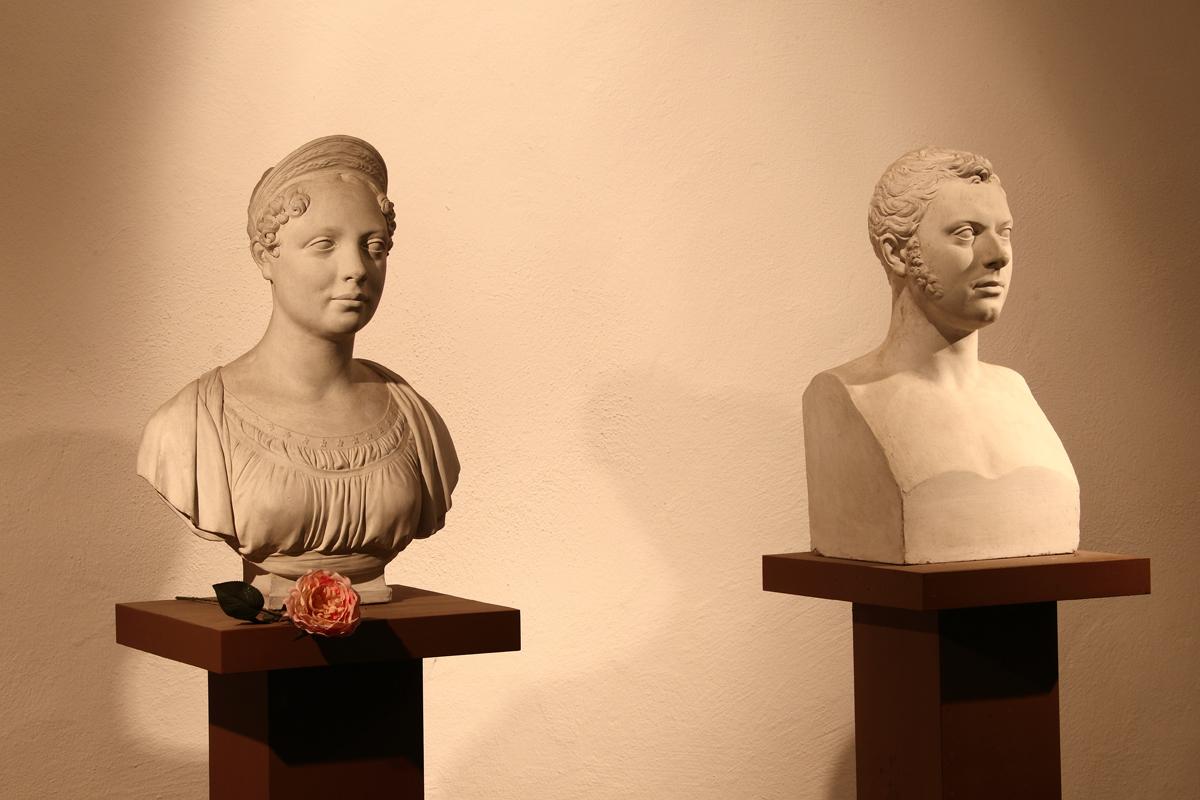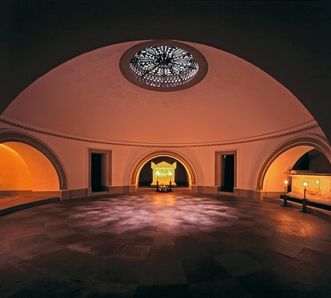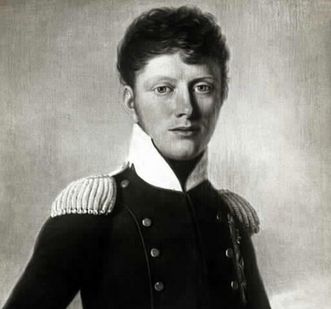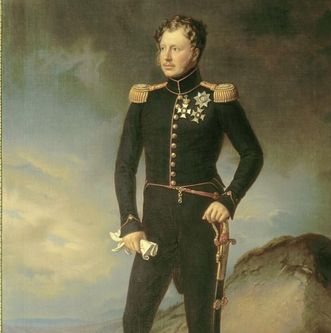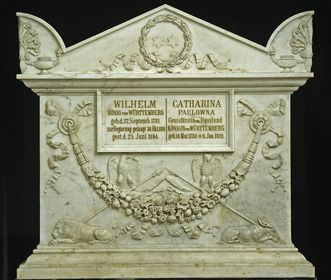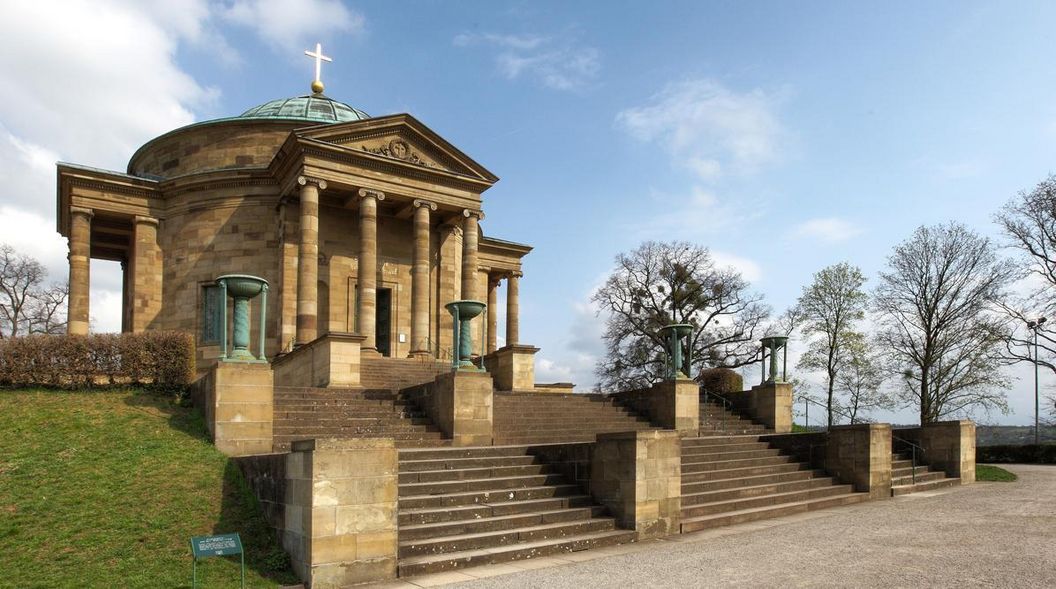WHY DID KING WILHELM I COMMISSION THE SEPULCHRAL CHAPEL?
It was Queen Katharina's wish to be buried on Württemberg hill. But Wilhelm also decided early on that he would also like to be buried there, thus breaking with family tradition. The fact that he had the entire Württemberg ancestral castle torn down demonstrates his high ambitions and bold self-confidence. The sepulchral chapel, which was built exclusively to his tastes, became a monument to his beloved queen. However, question remains as to whether or not it is actually a monument to eternal love between a king and queen.



